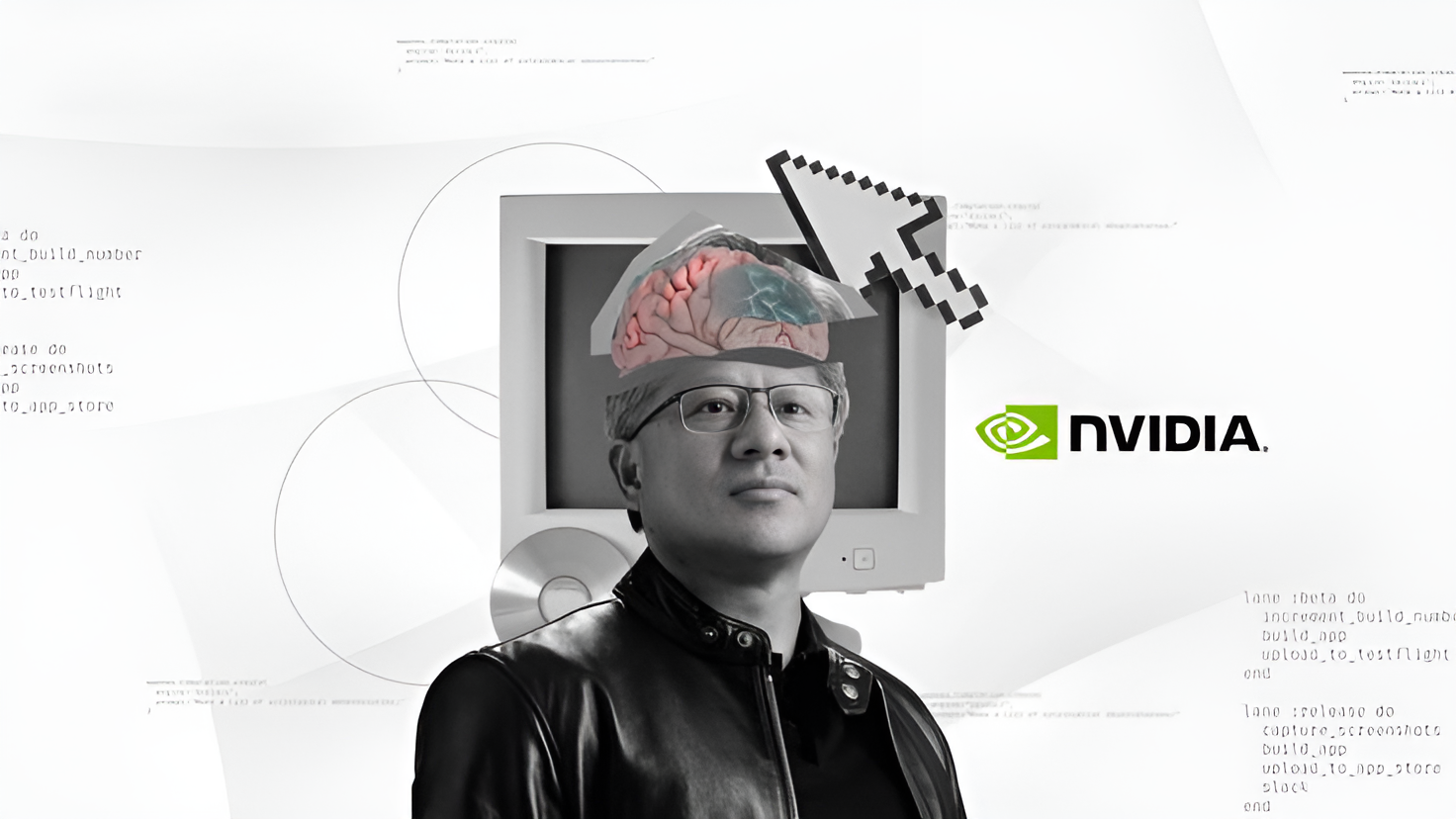Trump Cybersecurity Order Reverses Biden, Obama Priorities Analysis Report
5W1H Analysis
Who
The primary stakeholders in this development include former President Donald Trump, the presidential administration involved in issuing the executive actions, and organisations championing cybersecurity policy. Key stakeholders also include AI technology companies, software developers, and the sectors reliant on cyber security, such as finance and national security.
What
The events include the issuing of a cybersecurity order by the Trump administration which introduces limits on cyber sanctions, ends the digital ID program, and shifts the focus of governmental cyber activities towards enabling artificial intelligence (AI), implementing post-quantum cryptography, and promoting secure software design.
When
The executive order was issued publicly on 9th June 2025. This is significant as it marks a clear policy shift from the strategies employed by the previous Biden and Obama administrations.
Where
The policy change primarily affects the United States but carries implications for global cybersecurity practices, particularly in markets with strong ties to US-based tech firms or reliant on US governance policies for cyber protocols.
Why
The motivations for these changes appear to be re-aligning cybersecurity efforts to new technological priorities, such as AI and post-quantum cryptography, which are anticipated to become vital in future-proofing the US against emerging security threats. This signals a strategic pivot to prepare for next-generation cybersecurity challenges.
How
The methods involve creating policies that guide developments in AI enhancement, adoption of post-quantum cryptographic measures, and enacting frameworks to secure software design. Limiting cyber sanctions and ending the digital ID program also reflects a reallocation of resources to these priority areas.
News Summary
The Trump administration has issued a new order that reshapes the US approach to cybersecurity. This directive enacts limitations on cyber sanctions, halts the ongoing digital ID initiative, and realigns focus towards AI, post-quantum cryptography, and secure software design. This policy shift marks a departure from the strategies under the Biden and Obama tenures, reflecting a prioritisation of emerging technologies in national defence strategies.
6-Month Context Analysis
In the past six months, the cybersecurity landscape has been marked by growing concerns over quantum computing potentially undermining existing cryptographic protocols and an increased global interest in AI as a tool for both offensive and defensive cyber operations. Recent conventions and conferences in the tech industry have highlighted the urgency of adopting post-quantum solutions. The Trump administration's focus on these areas signals an alignment with both national security priorities and industry trends observed over this period.
Future Trend Analysis
Emerging Trends
The restructuring of cybersecurity priorities towards AI and post-quantum cryptography suggests a major trend towards anticipating and mitigating future cyber threats. As these technologies mature, they are poised to redefine both offensive and defensive capabilities in digital security.
12-Month Outlook
Over the next 12 months, stakeholders can anticipate increased investment in AI development for cybersecurity applications, accelerated deployment of post-quantum cryptographic algorithms, and enhanced emphasis on secure software practices. These developments will likely influence global cybersecurity standards.
Key Indicators to Monitor
- Progress in the implementation of post-quantum cryptography protocols - Adoption rates of AI technologies within the cybersecurity sphere - Policy changes or new regulations related to software security standards
Scenario Analysis
Best Case Scenario
The optimised prioritisation leads to strengthened national cyber-defences, positioning the US as a leader in next-gen cybersecurity. This could boost economic growth by fostering innovation in AI and software industries.
Most Likely Scenario
The strategic shift results in measurable improvements in cybersecurity resilience while setting new industry standards. AI and post-quantum technology become integral parts of the cybersecurity strategy over the next year.
Worst Case Scenario
If improperly implemented, the ambitious new focus could lead to resource misallocation, exposing existing vulnerabilities during the transition and potentially stalling the rollout of critical new technologies.
Strategic Implications
For stakeholders, embracing AI and post-quantum solutions will be critical. Governments and enterprises must assess current cyber strategies to ensure alignment with these emerging technologies. Collaborations between public, private sectors, and academia should be strengthened to ensure secure integration and adoption of post-quantum and AI technologies.
Key Takeaways
- Re-alignment of cybersecurity priorities towards AI and post-quantum technologies presents opportunities for industry advancement.
- Digital ID initiatives are scrapped, potentially reallocating funds to more pressing cyber developments.
- US firms and global partners must focus on adopting new cybersecurity standards created by this strategic shift.
- Continuous monitoring of regulatory changes and technology advancements in AI and cryptography will be essential.
- Stakeholders should be prepared for short-term disruptions as long-term strategic gains are pursued.
Source: Trump Cybersecurity Order Reverses Biden, Obama Priorities





















Discussion